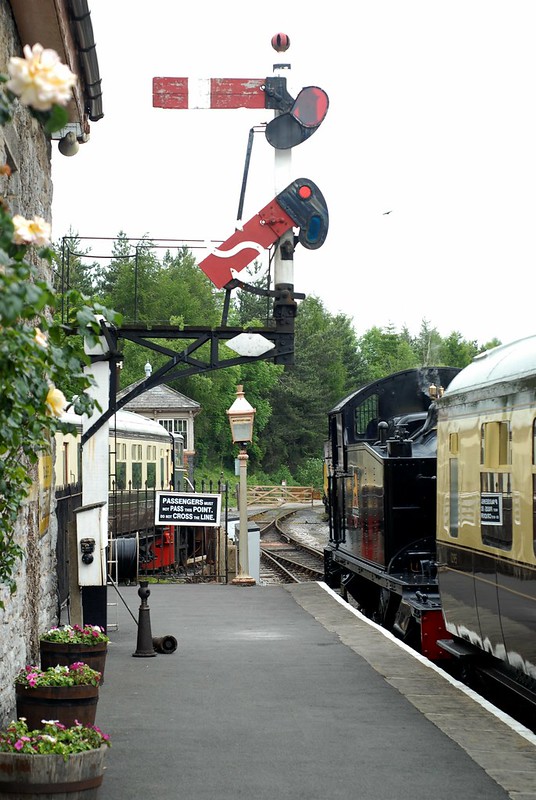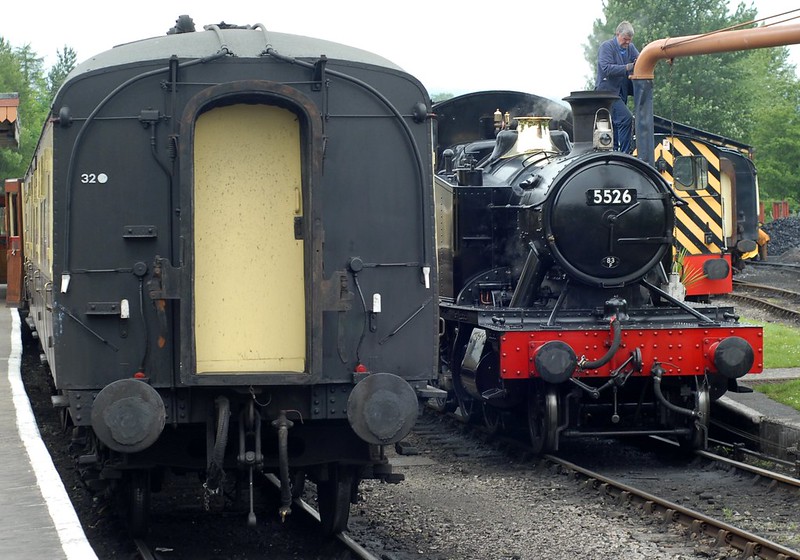Collodion
In which we go to London for the photography
Back in the mists of time, I used to think it would be a nice idea to move to London. There’s always something going on, of course. Always plenty to do, and always plenty to keep me entertained.
When I lived in a remoter part of the country, with not much to fill my spare time, this seemed like a Good Plan. Now that we live in a reasonably-civilised city, though, we have far too much to do as it is. And I just know that, if we did live in London, it would go one of two ways. Either we would spend all our time feeling sad about the events that we just didn’t get chance to make it to, or we’d retreat into a bubble and never do much at all. When we do visit, we can easily manage to fill a day and have plenty of things left over that we could have done.
Yesterday, for example: we almost managed to avoid the day’s main event and tourist attraction, the Pride March.* We did have to scoot around a few barriers, though, and avoid a few crowds of pre-march spectators, because the main reason we wanted to go to London was for the current exhibition at The Photographers Gallery: The Family And The Land, a retrospective on the American photographer Sally Mann. Mann became well-known** for a series of photos she took of her children, growing up, twenty-five years ago. From there, as the exhibition title suggests, she moved on to the past of her homeland, taking landscapes of American Civil War locations, before, more recently, producing a series on death and decay, literally: decaying bodies, outdoors, at a forensics research lab. Much of her work has been produced using 19th-century techniques: the wet-plate process, which requires its own portable darkroom. The photographer dips a glass plate firstly in a solution of nitrocellulose, then in one of the usual photographic silver salt solutions; then it is exposed, quickly, before it dries.
When we look at a photograph, we respond to subconscious cues as much as we do to our conscious view of the image. That’s why photos taken with tilt-shift lenses, or fiddled to look like they have been, look like photos of tiny models. Moreover, wet-plate photographs have a very particular look to them: a sharpness of grain but a softness from the antique lens; a time-exposure blur and a particular tonal range. So, if you know a little photography and you look at a Sally Mann photograph, it looks like something that has jumped out of the past. A valley whose river is time-blurred to mercury smoothness looks like something produced by a 19th-century war reporter; and a decaying corpse could have died decade after decade ago.
After visiting the Photographers Gallery, we wandered across London to the Truman Brewery on Brick Lane, to see the Free Range graduation art show, collecting new art graduates from all over the country. It is an utterly massive show, its displays changing weekly, and each display enormous in itself. We were amused to see places we recognised in a handful of the works: line-drawings of buildings in Bristol, and photos of UFOs over Inverkeithing.*** Being a graduation show, it did seem slightly discordant and mixed-together; possibly even patchy in parts. I found myself wondering, at one point, what art students do when their ideas don’t match their budget, and if any of them ever felt constrained by the limits of their budget and their courses’ deadlines. I wondered what the photography graduates would have done with a wet-plate camera, and whether modern photography is the better for being less of a craft.
By the time we left Free Range, we were, I have to say, almost entirely arted out. We did manage to fit in another couple of smaller shows; but the amount of art we’d seen had filled our heads up to the brim. We filled the rest of our evening by ambling around on London buses; again, avoiding the crowds. London might be a nice place to visit; but if we lived there, we’d end up always finding too much to do. Best to keep it at a distance: we can always pop over for a day, when we want to be inspired
* although we did spot one butch lesbian in bondage gear and rubber hotpants having her photo taken by a passing tourist.
** indeed, infamous.
*** The UFOs over Inverkeithing were by an Edinburgh College of Art graduate called Andrew Jay Harvey; and we think the Bristol buildings were by Emily Ejderos.

 Home
Home


